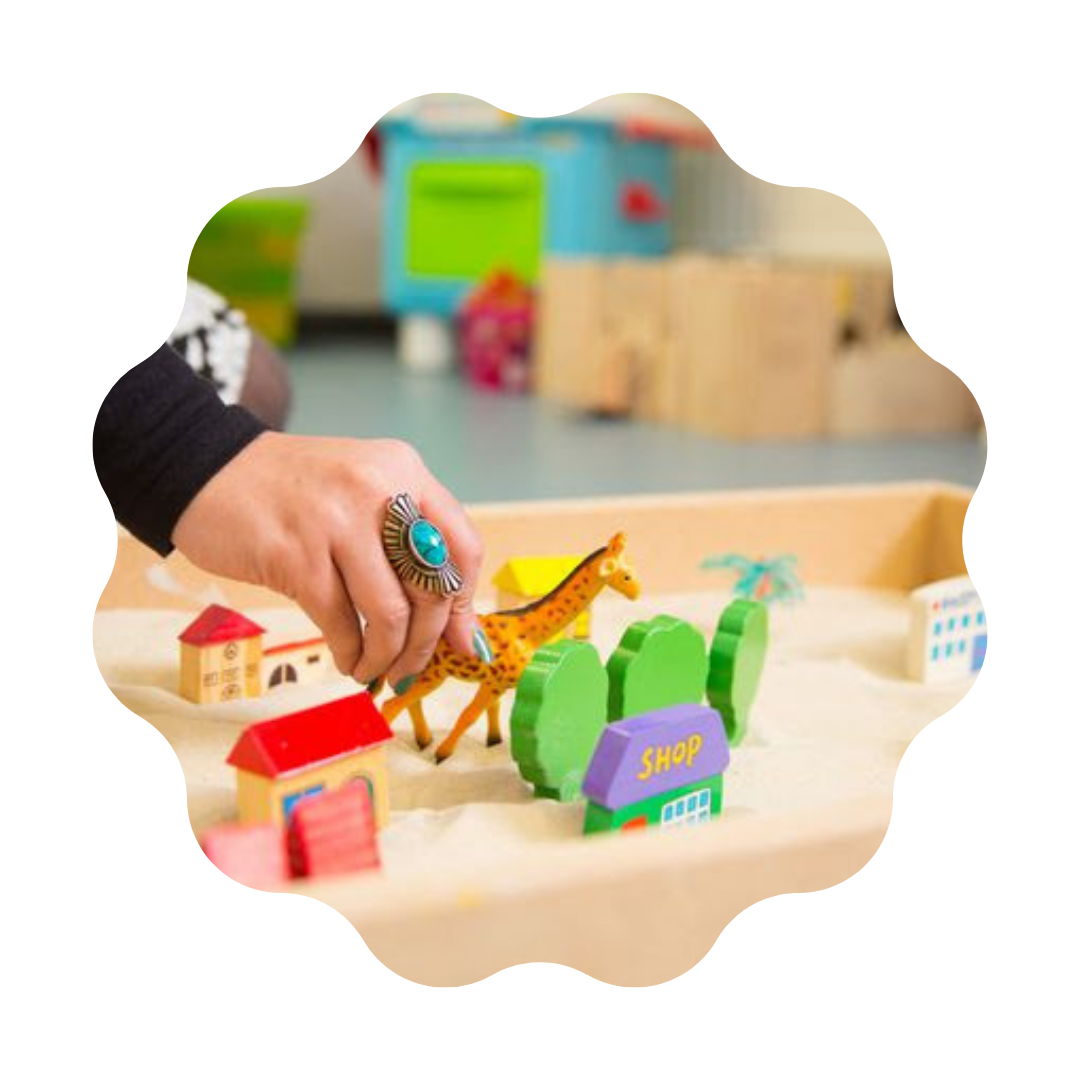Completing a SMART Goal Setting Worksheet
This worksheet can be used to develop clearly defined, efficient and attainable goals
STEP ONE : Isolate The Primary Issue

Here Are Some Potential Questions You Can Ask Yourself That Will Help You Isolate The Primary Issue:
The first step is to clarify what the most pressing issue is for you right now. We may discuss many concerns or problems but as you describe your goal, you need to recognize it is short-term and solution-oriented, so what is manageable in this context?
- Which problem is giving you the most distress at this time?
- If you needed to improve one thing most urgently, what would that be?
- How would you describe the one issue we need to work on most in the counseling process?
STEP TWO : Focus On One Primary Issue Only

Let go of your other problems or goals for now. Focus your efforts by turning a problem into a plan. Write down the problem or goal that you want to resolve. Use a full sentence. Instead of “Social life” you might say “The problem is that I almost never go out or do anything.” This helps define the problem a bit more.
Then reframe this sentence to include what you would like rather than just indicating what you do not like about you life. Using the “social life” example above, the actual goal might be “I would like to go out with friend(s) two or three times a week.”
STEP THREE : Break The Primary Issue Down Into Pieces

The next step is to break your problem or goal into pieces. Almost every problem is really a collection of smaller parts. For the above goal, here are the bits and pieces that might make it up.
- I can’t afford a baby-sitter
- I never go out
- It’s tempting just to watch TV
- I’ve lost touch with my old friends
- I have too much housework
- I haven’t made new friends
- I hate bars and nightclubs.
STEP FOUR : Create An Immediate Goal

To get started, pick ONE piece of the primary issue. Notice that for many problems it is not necessary to solve all of the bits and pieces. It can often be enough to solve only one or two of them.
Next, think of some things you could do that might help. Try to think of as many possible actions as you can. Don’t worry whether they are practical at this point.
For instance, for the piece related to the socializing problem, “I can’t afford a babysitter”, the following solutions might be offered and listed:
- Cut back in other areas to save money
- Exchange baking for baby-sitting
- Socialize with other moms & their kids
- Ask relatives to sit
- Trade babysitting with Anne
- Have friends over to my place
STEP FIVE : Make The Immediate Goal SMART

Any of the bullet points in Step Four can represent an immediate goal.
Now make it SMART: Specific, My Own, Action-Oriented, Realistic, and Time-Defined.
SPECIFIC
If life has been difficult lately, your ability to solve problems on the spot may be weaker than usual. Exactly how are you going to carry out your action/s. If for example, you are going to “cut back in other areas to save money”, how will you do this? Do you know how much you spend a month on things? Be as clear as you can.
MY OWN
Is it your own goal or someone else’s? If you are hoping to lift your mood and get your life on track, this goal should be something you want – either because you want to do it or because it will feel good to get it done. As well, the goal should not depend on someone else’s cooperation. “Go to a movie with neighbor and her kids” depends on your neighbor being available and willing to go. A better goal would be “Phone and invite neighbor to a movie,” because giving the invitation is under your control.
ACTION – ORIENTED
The goal should be to DO something, not to feel or think a certain way while doing it. This is because actions are easier to control than thoughts or feelings. “Invite friends over to my place” is better than “Have awesome party at my place” because you can control whether you make an invitation, but you can’t easily control whether the event will be “awesome”. Even though you really want to feel better, all immediate goals should have to do with actions. If you do the right things, your emotions will probably change for the better.
REALISTIC
You must have a clear and achievable finish line. If you have been feeling discouraged or stuck recently, you might be tempted to see almost any outcome as a failure. Decide in advance what you can call a success. Choose a finish line that you already know you can reach. If you’re not confident that your goal is achievable, make it smaller. Once you have achieved it, you can set a slightly bigger goal next time. The point is not to set a goal that is out of reach. It is to set an achievable goal.
TIME – DEFINED
Your immediate goal should include a time frame for completion. If you can’t do it this week, set it aside and come up with another goal. You may notice that when you set goals for “in the next 7 days” they either don’t happen or they get done on the 7th day.
I hope this helps you to start considering your goals when you are looking for or considering counselling. You should always take your sheet with you when access services. – Treanor
SMART Goal-Setting Worksheet
This worksheet can be used to develop clearly defined, efficient and attainable goals
S | SPECIFIC: What exactly do I want to be happy? What am I going to do? Why is this important to do at this time? What do I want to ultimately accomplish? How am I going to do it? Who else will be involved? |
M | MEASURABLE: How will I know that I have reached my goal? How many accomplishments or actions will it take? |
A | ATTAINABLE: Can I see myself achieving this goal? What is my plan? What steps will I take to reach my goal? |
R | REALISTIC: Is this a worthwhile goal for me right now? Is the goal difficult to reach? Am I willing to commit to achieving this goal? |
T | TIMELY: What is my target date for reaching my goal? When do I need to take action? What can I do today? |














